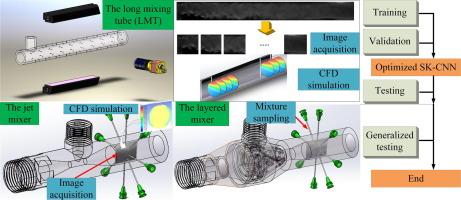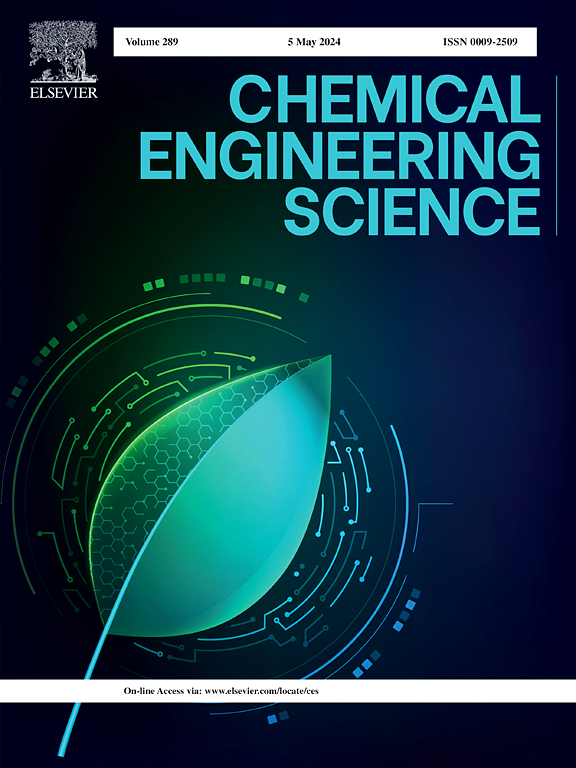利用基于图像的卷积神经网络,结合数值模拟和混合采样,进行内联混合功效评估
IF 4.1
2区 工程技术
Q2 ENGINEERING, CHEMICAL
引用次数: 0
摘要
本文章由计算机程序翻译,如有差异,请以英文原文为准。


Inline mixing efficacy evaluation using an image-based convolutional neural network combined with numerical simulation and mixture sampling
An image-based Single-kernel Convolutional Neural Network (SK-CNN) was optimized to forecast the CFD-based inline mixing uniformity of chemical pesticides in direct injection systems (DIS), and its accuracy was validated through mixture sampling (MS) tests. Optimization results indicate that applying Xavier parameter initialization, SGDM training method, ReLu-type activation function, learning-rate decay, Moving-average, L2-regularization models, and the fully connected module of a single hidden layer with the theoretically optimal number of nodes for the SK-CNN establishment can make the verification accuracy higher, reaching 96.28%. With repeatedly captured images as test sets, the prediction results closely align those from CFD and MS, and the overall accuracies were 96.04% and 95.71% in comparison, respectively. Generalization tests presented that the model’s accuracy for typical mixers (roughly 94%) may drop slightly below the benchmark, highlighting not only its practicality, but also the necessity for further optimization by more abundant training sets and precise labels.
求助全文
通过发布文献求助,成功后即可免费获取论文全文。
去求助
来源期刊

Chemical Engineering Science
工程技术-工程:化工
CiteScore
7.50
自引率
8.50%
发文量
1025
审稿时长
50 days
期刊介绍:
Chemical engineering enables the transformation of natural resources and energy into useful products for society. It draws on and applies natural sciences, mathematics and economics, and has developed fundamental engineering science that underpins the discipline.
Chemical Engineering Science (CES) has been publishing papers on the fundamentals of chemical engineering since 1951. CES is the platform where the most significant advances in the discipline have ever since been published. Chemical Engineering Science has accompanied and sustained chemical engineering through its development into the vibrant and broad scientific discipline it is today.
 求助内容:
求助内容: 应助结果提醒方式:
应助结果提醒方式:


